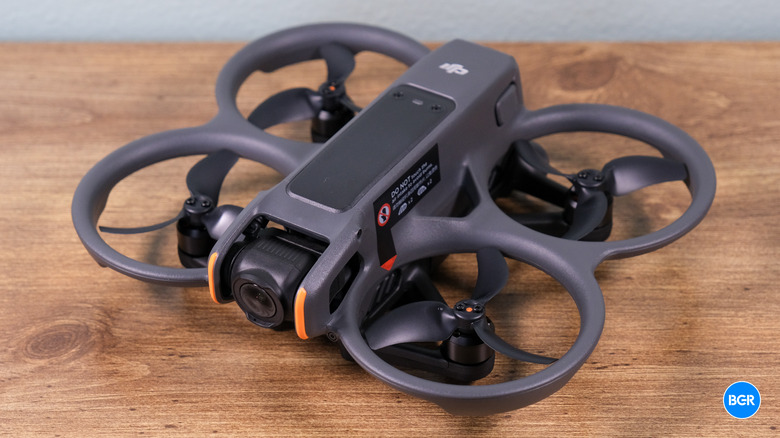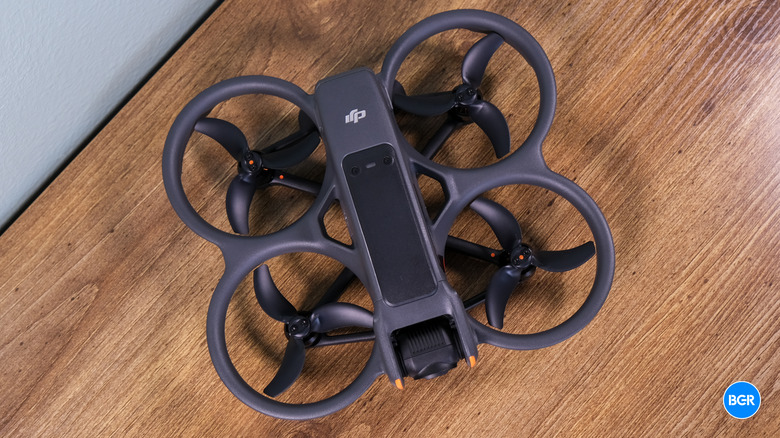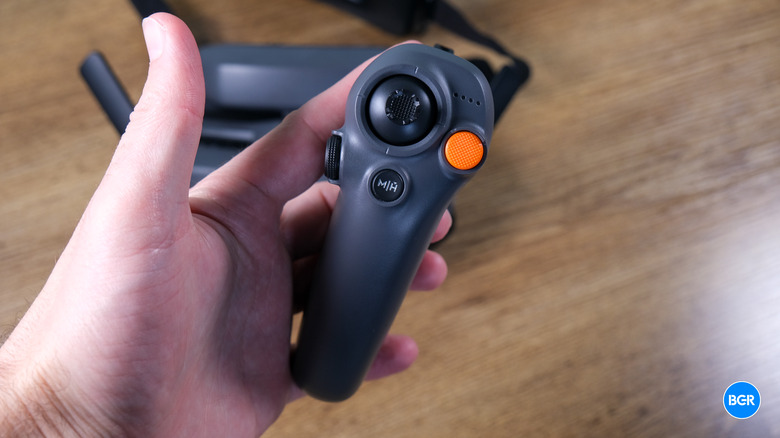DJI Avata 2 Review: Flying Like A Bird
- Compact build
- Super fun to build
- Display on Goggles 3 is good
- Easy to fly
- Expensive
| Buy From | List Price | Sale Price | |
|---|---|---|---|
| DJI | $999 | $999 | See It |
The original DJI Avata has quickly grown to become a fan favorite among drone operators, thanks to its small size and first-person operation — essentially allowing the user to feel as close to flying as they can with a drone. Now, however, DJI is back with a follow-up — and it, along with the new DJI Goggles 3 and DJI RC Motion 3, builds on the original to make for an even better first-person drone-flying experience.
The DJI Avata 2 offers an improved battery life, and a better camera, plus it works with better goggles. It doesn't necessarily reinvent the experience, compared to the original — but it is markedly better, in some meaningful ways. I've been using the DJI Avata 2 with the Goggles 3 and DJI RC Motion 3 controller for a while now to see just how well it performs.
DJI Avata 2 specs
| Dimensions | 185 x 212 x 64 mm |
| Weight | 337g |
| Camera | 12MP 1/1.3-inch sensor, f/2.8 |
| Video quality | 4K 60fps, 2.7K 120fps |
| Battery life | Approximately 23 minutes |
| Transmission distance | 13 kilometers (8 miles) |
| Goggles 3 dimensions | 170 x 107 x 103.9 mm |
| Goggles 3 weight | 410g |
| Goggles 3 resolution | 2x 1920x1080 |
| Goggles 3 refresh rate | Up to 100Hz |
| Goggles 3 battery life | Approximately 3 hours |
DJI Avata 2 design
The DJI Avata 2 offers a series of design tweaks, compared to the original Avata. It's still a compact drone, and it still looks like a DJI product, with its black-and-gray plastic build. But it's also flatter, and spreads the propellers a little further out to the sides, mounting the camera squarely at the front.
It's a good-looking drone, and it's nice that it still offers a small footprint that makes it easy to take the drone on the go. I found the drone pretty easy to use, design-wise. The battery is easy to remove and replace, as is the camera guard at the front.
Also new is the design of the DJI Goggles 3. The Goggles 3 now has two cameras on the front to allow users to quickly see what's going on around them without removing the goggles, helping users be a little more aware of what's going on around them while using the drone. The Goggles 3 has two small flip-up antennas on the top, along with a counterweight on the back of the headband for a more comfortable fit. Indeed, I did find the Goggles 3 to be reasonably comfortable to use, which is always helpful.
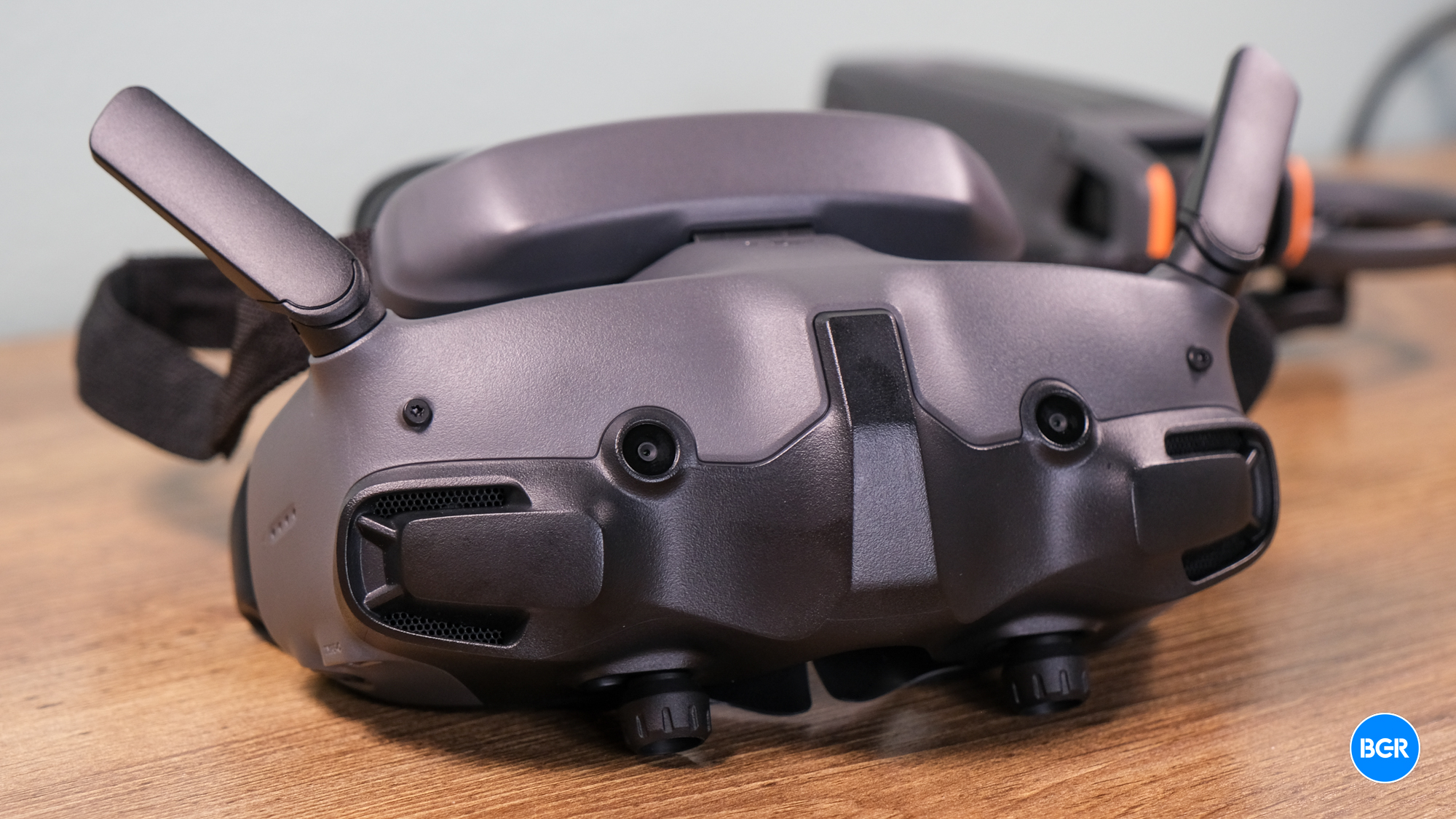
Last but not least is the design of the controller. The drone comes with the DJI RC Motion 3 controller, however you can also use it with the DJI Remote Controller 3, if you so choose. The RC Motion 3 controller is similar to the RC Motion 2, but it does move some of the controls around and makes the dial much easier to access. If you're used to using the previous-generation controller, it'll take a little getting used to, but it shouldn't take too long.
Flying the DJI Avata 2
Flying the DJI Avata 2 is an absolute blast. If you're new to the world of first-person drones, it's worth spending a little time getting used to the overall feel of it before putting it in Sport mode, for example, but you should be able to fly the drone safely in Normal Mode to start out, especially considering the fact that it's a little more stable and limits speed. In Normal Mode you can fly the drone at up to 18 miles per hour — while Sports Mode doubles that to 36 meters per second. In Manual Mode you can actually reach 60 miles per hour, but this is mostly reserved for those much more comfortable with their drone and how to operate it.
The drone has a maximum battery life of around 21 minutes, which is pretty limited, but a little higher than the previous-generation model, which topped out at 19 minutes. Thankfully, it's very easy to replace the battery as needed, and if you get the Fly More Combo, like we had, you'll get three batteries with the drone.
Using the Goggles 3 headset was easy too, and I like the changes that DJI has made to the software and the addition of outward-facing cameras. I didn't actually use this feature all that much, but the few times I did use it, it was nice to be able to quickly see what was happening around me.
I do wish that the Goggles 3 had a wider field-of-view though. The headset is able to create a relatively immersive experience, but don't expect to get close to the immersion on offer by headsets like the Meta Quest 3. When using the headset, it'll still feel like you're looking at a big screen, though enabling the head-tracking feature does help with that a little.
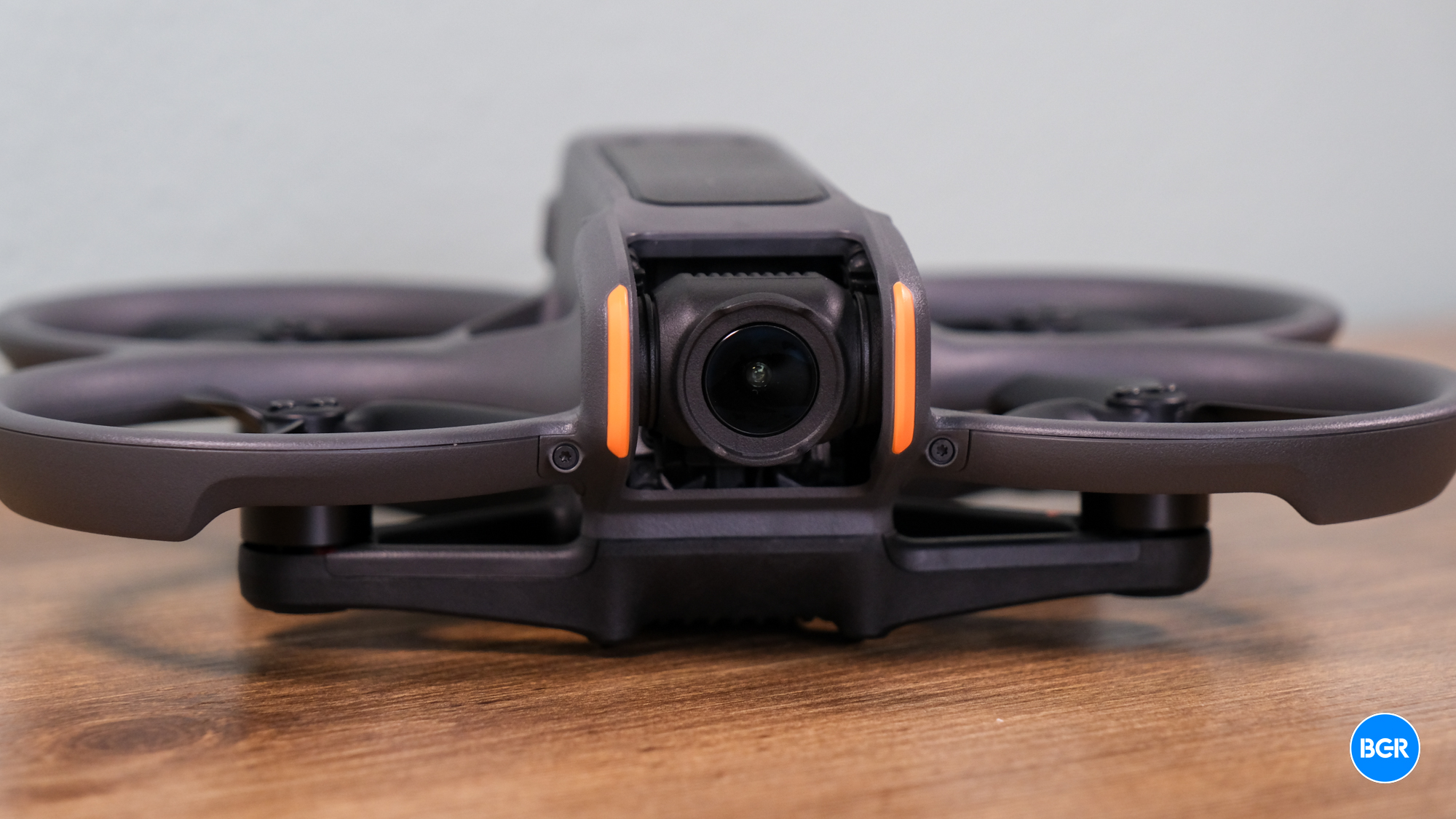
The Avata 2 comes with a new Turtle Mode, which is actually pretty neat. It allows the drone to right itself if it happens to end up upside down, which can come in handy in a pinch.
DJI Avata 2 camera
The DJI Avata 2 comes with a new camera system that helps improve overall camera quality. Now, the camera has a bigger 1/1.3-inch 12MP sensor, with a viewing angle of 155 degrees.
The Avata series has never been geared towards super high image quality — instead being built for the experience of actually flying the drone. For great image quality, most users will want to go for something like the Mavic series. That said, the camera quality on the Avata 2 was far from bad. Colors were reasonably vibrant, and while detail wasn't as impressive as some other cameras, it was certainly good enough to feel immersed in the experience of flying the drone. Here's a look at some footage captured with the Avata 2.
Conclusions
The DJI Avata 2 is a killer option in the world of first-person drones. The fact is that even over the past few years, we haven't seen all that many new FPV drone options pop up, and DJI is still the clear leader. The DJI Avata 2 is a perfect example of why, even at the $999 price tag for the base combo with a single battery.
The competition
The DJI Avata 2 doesn't really have a whole lot of competition — perhaps other than the original DJI Avata. If you're an Avata owner and mostly just use your drone recreationally, then it's likely not worth upgrading. However, if you like the idea of a slightly better camera, better headset, and updated designs appeals to you, then the DJI Avata 2 is worth going for.
Should I buy the DJI Avata 2?
Yes. If you're looking for a top-tier FPV drone, it's the best option.
